As a civil engineer and construction expert, you’d be familiar with a lot of common beam types and kinds but did you know there are a lot of uncommon types of beams you don’t know.
Or in other words there are many uncommon types of beams you should know and in this post I’d be sharing all those uncommon structures that are rarely used but are unique, special, scarce and interesting.
Contents
- What is Collar beam?
- What is Flitch beam?
- What is Primary and Secondary beams?
- What is a conceal or hidden beam?
- What is a drop beam?
- What is a coupling beam?
- What is a Pergola beam?
- What is Grid or or Joist beams?
- What is Portal Beam?
I’ll not be messing you up in structural mechanics or theory of structures and I’ll not classify the beams based on the restraints and supports or type of loading or type of material used. I’m talking about some scarce types of beams based on their functionality and purpose.
So, I am actually a lover of Building Drawings and Construction management;
The history of construction is already bursting with wooden beams, stone beams, metal beam. Do you know what is a collar beam or a flitch beam?
Han? No?
1. What is Collar beam?
These are actually the most common types of beams used in the historical cultural heritage museums and old buildings. A collar beam, like the word, “collar” is a horizontal beam that are used to join two rafters in a roof of a building of hip shaped. Collar beams are compression beams that actually act like a frame for the roofing construction.Now you’d be burning to know what is flitch beam? Right?
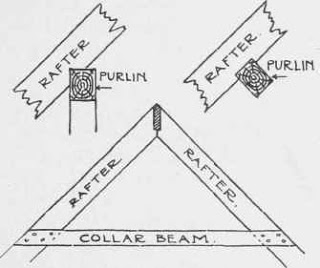 |
|
| What is Collar beam? Pic Credit : http://chestofbooks.com |
2. What is Flitch beam?
Flitch beam which is also sometimes referred as flitched beam is actually a compound beam i.e. made up wood and steel plate. A vertical steel plate is sandwiched between two wooden beams to make a flitched beam. The flitch beams are mostly used in wood-frame structure.
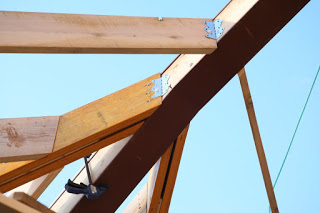 |
| Flitch Plates (Pic credit: https://manifoldrecording.com) |
3. What is Primary and Secondary beams?
Primary and Secondary beam are usually used in a slab supported by beams and a frame structure. The slab is directly supported by the secondary beams which are those rested on the primary beams. Primary beams is the one that runs from column to column and act as a main frame beam at floor levels.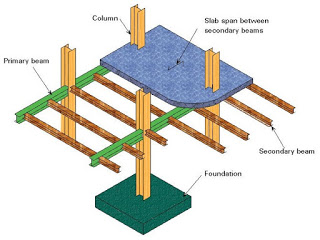 |
| Primary & Secondary Beams (pic credit: https://engineering.stackexchange.com) |
4. What is a conceal or hidden beam?
You know about T-beam; the top flanges of the t-beam are actually concealed or hidden in the thickness of the slab so it appears as rectangular beam but it is actually designed as t-beam. So concealed beams or hidden beams are the ones that are actually hidden in the to slab or roof slab.
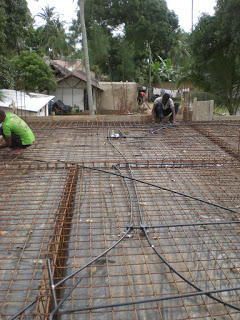 |
| conceal or hidden beam (pic credit: http://www.openingtolovenow.com) |
5. What is a drop beam?
Drop beam is actually a typical T-beam; it is called drop beam because it is thicker than the slab and showing under the roof deck but from top it is leveled with the top deck slab.
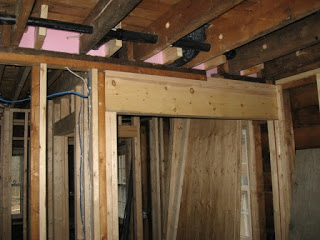 |
| drop beam |
6. What is a coupling beam?
Coupling beam is like a stiffner beam that is used effectively when two shear wall or other elements subjected to lateral loads are strapped and joined. The coupling beam is used to decrease overturning effect and thus improve the stiffness of a system.7. What is a Pergola beam?
It is actually a purely architectural beam that is projecting out of the slab as cantilever sometimes to create a DIY effect of pergola.
8. What is Grid or or Joist beams?
Grids are actually joist beams that are constructed in a waffle slab making an orthogonal assembly. The joists or grid beams increases the stiffness of the waffle slab making it able to span larger lengths to meet architectural requirements.
9. What is Portal Beam?
Portal beam is actually a part of a portal frame. Portal frame construction is typically used in industrial warehouses where large open spans are required at low cost followed by a pitched roof. In portal frame the vertical columns are connected by horizontal beams or trusses called portal beams.
So that’s all I hope this post is an amazing and interesting for you; it is, actually for me. If you have any question regarding these uncommon and scarce types of beams than please comment below.

















